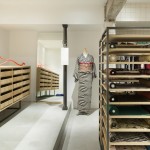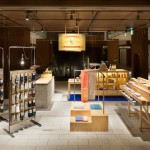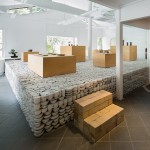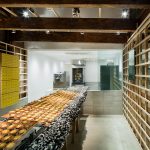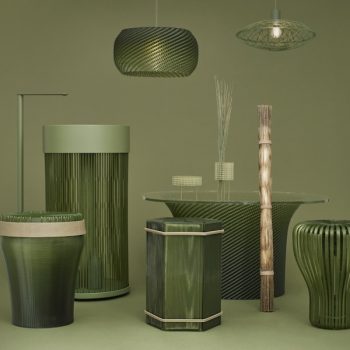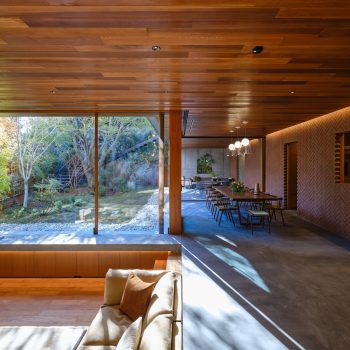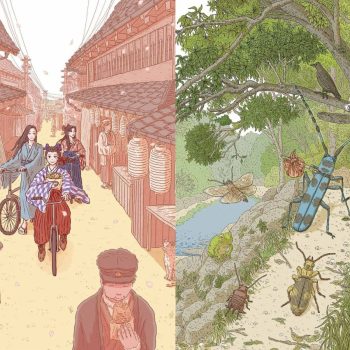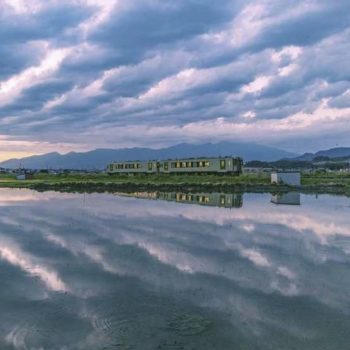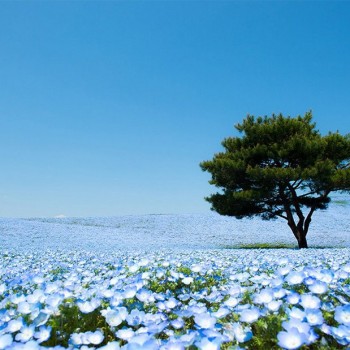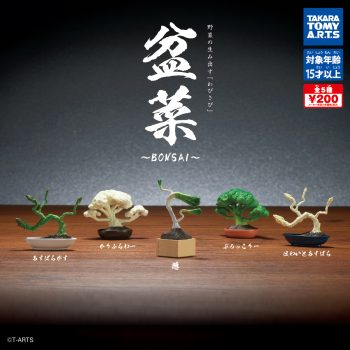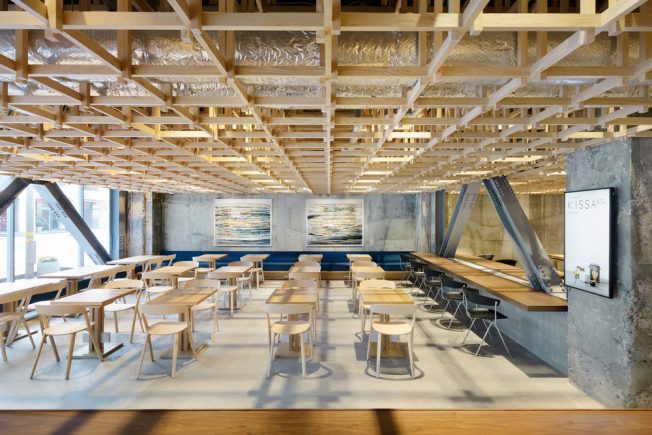
The Japanese word kumu is a verb with many nuances. Depending on the context, kumu can mean “to join,” “to draw out,” or “to pour.” In that sense, it was the perfect name for a hotel that embodies connection and hospitality: connecting people with a place, drawing out a guests feelings and pouring them a drink.

Kumu opened during the summer of 2017 in a building renovated by architect Yusuke Seki, who set out to design a space that is both inclusive and engaged with its context. “The hotel includes options ranging from dormitories to suites to accommodate the diverse needs of travelers today,” says Seki. In dialogue with Kanazawa’s tea houses, a tea salon on the ground floor “joins” the hotel to the community and entices guests to explore other places in the city.
“Kumu” also appears in other places. Traditional Japanese joinery was used for the timber grid in the lobby. The custom-designed furniture joins different textures and materials, while the screens in the guest rooms feature grid-like detailing. The space, in its entirety, feels like the best of both modern and traditional worlds.

Kanazawa is an old castle town on the Sea of Japan, famous for its tea-house districts and traditional crafts. Ever since the extension of the Hokuriku Shinkansen created a direct link between Tokyo and Kanazawa in 2015, the city has seen renewed interest from both domestic and foreign travelers. Kumu is conveniently located 10 min away from Kanazawa Castle and the 21st Century Museum of Art.








